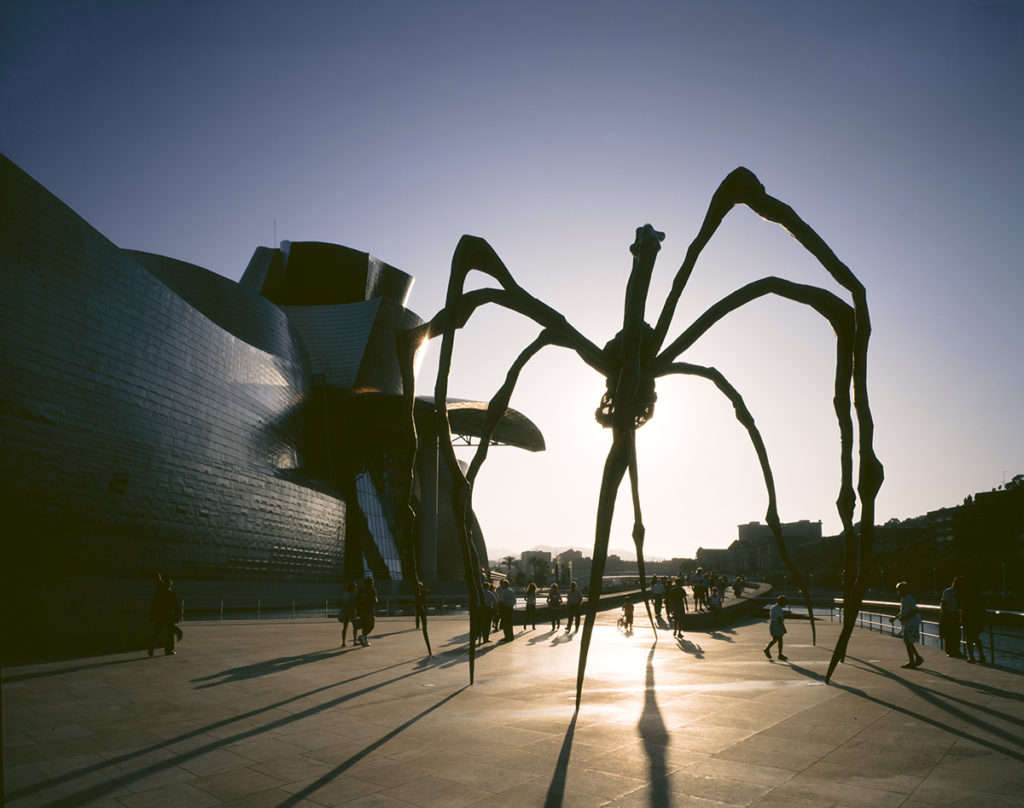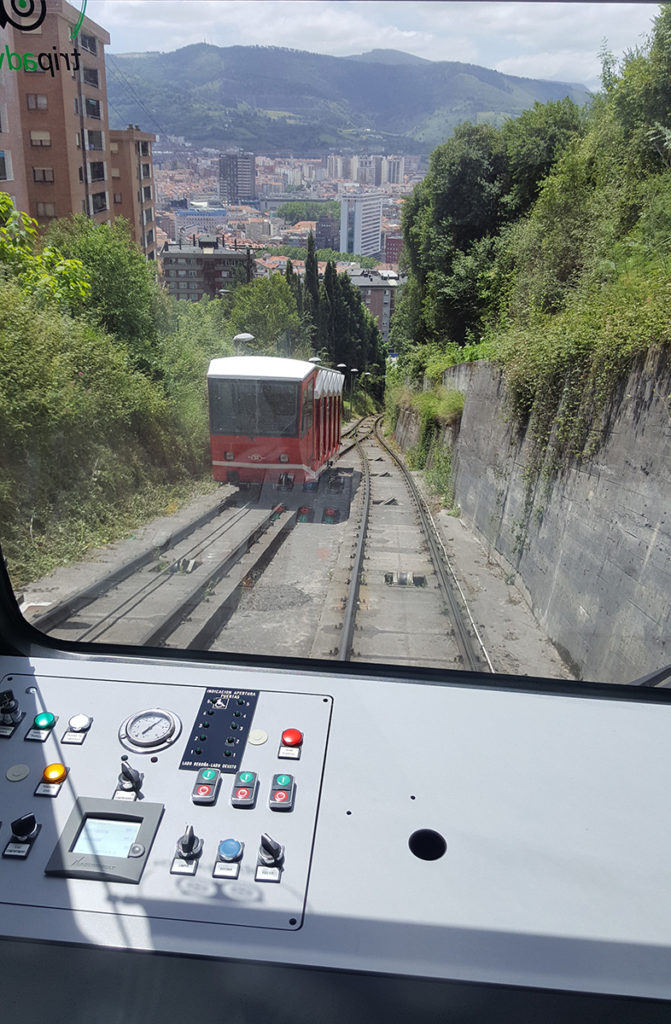One time Spanish resident, Lorraine Worsley-Carter spends a weekend exploring Bilbao.
Northern Spain has been on our exploration list for a while, so a couple of days in Bilbao seemed a good place to start. Having lived in south east Spain and having visited most of the rest of country, it was an entirely new adventure for us to visit Spain’s fourth-largest city. Our first job was to learn a little of the language, Basque or Euskara, which is spoken along the northern coast of Spain.
On researching the background of this enigmatic language, I was intrigued to find that there are various theories concerning its origins. On one online search I was led to believe it had Armenian origins, in another that there were elements of Japanese, or even Atlantean! It certainly isn’t a language you can guess at, with so many Ks, Zs and squiggles. Whilst Castilian Spanish is acceptable from tourists, and English widely understood, learning just a few words, such as Kaixof (hi) and Eskerrik asko (thank you), certainly enchanted the people we met, and even, on one occasion, led to free entry into a museum!

A weekend in Bilbao is a treat and certainly we left this bastion of the Basque way of life wanting more. Situated in Green Spain it has a climate very similar to the UK, but that is certainly where the similarities end.
With the Bay of Biscay only a few kilometres away, fish features heavily within restaurants’ and bars’ daily menus, and, of course, pintxos (tapas typically served on a small piece of bread) are everywhere. There is also much standing or perching on bar stools, a much more prevalent way of eating than the traditional sit down with a knife and fork. For someone who has spent a great amount of time in Spain over the past few years, commenting on the abundance of pintxos, might seem odd but I have never ever seen so many types and varieties! It is something to be aware of if you are gluten free.
If you like to shop for local produce, then head for Mercado Ribera. The building reminds me of a ship and is located on the banks of the Nervión river, which runs through the centre of Bilbao. Mercado Ribera is the largest covered market in Spain, boasting an abundance of seafood, and there are many places to eat inside. It is open Monday to Saturday.

The local white wine certainly satisfied my palate and to be seated by the river in one of the many bars sipping Txakoli at around 2 euros a glass was a pleasant pastime, too. Obviously, there are many varieties of Txakoli but in the main it is a very dry, often slightly sparkling, young wine with high acidity and low alcohol.
Bilbao is easily negotiated on foot. The old town, Casco Vieja, is a veritable maze of streets and a leisurely walk around this pedestrianised area will certainly give you a flavour of the Bilbao of yesteryear and, seemingly, not much has changed. Here you can visit the Cathedral, churches, shops and bars and restaurants. I loved the neoclassical-styled Plaza Nueva, where families congregate on a Sunday morning in the enclosed square built in 1821. People of all ages came to browse the flea market, have coffee and perhaps a cake at one of the pastelerías. Housed in one of the 64 archways, my favourite was Maikalo where the temptation was too great, and I just had to try two gorgeous cakes.
Many of the menfolk were congregated in the pintxos bars, whilst the great and good of Bilbao arrived around 2pm dressed in their finery to eat their Sunday lunch in one of the smart restaurants.

For many, the Guggenheim Museum is the main reason for visiting Bilbao, standing on the opposite side of the river from the old town. The construction of the Museum is credited with the cultural renaissance of the city.
Art is subjective and whilst I admired the outside architecture of the Museum and the exterior art, the interior displays did not change my opinion of modern art. I was exceedingly happy to find out more about the rural and seafaring traditions of Bilbao and the perfect place to do this, in the short time we had, was the Museo Vasco (Euskai Museoa in Basque). There was little information in English available, but the exhibits are so visual that it did not deter from a pleasant morning where we learned more about Basque life from prehistoric times to present day.

Louise Bourgeois
There are a few vintage shops to be found, with my favourite being ‘Tia Tula Vintage’ in the old Town, so named by the owner as the shop stands on the same street where author Miguel de Unamuno once lived and one of his famous novels is entitled La Tia Tula.

Louise Bourgeois
Relying on the web was easier than finding tourist information, especially at the main railway station. Our frustration was salved, however, by the sight of the station’s fabulous stained-glass window.

It is worth taking the Artxanda Funicular for its short ride up the Mount Artxanda – a must, but on a clear day! It was built in the heady days of 1915 in order that the ‘slick set’ could reach the casino situated at the top of Mount Artxanda. Some cafes and restaurants remain, and although the ones we found were not smart, the food offering of cheeses and meats was simple and enjoyable and, again, part of the charm that Bilbao holds.

The Bilbao vibe reminded me of the Prague/Amsterdam vibe of a yesteryear, pre-stag and hen parties. And I suggest that (only if you are not about to get married in the next few weeks) you visit Bilbao now!
Read about Lorraine’s trip to Japan during cherry blossom season.





